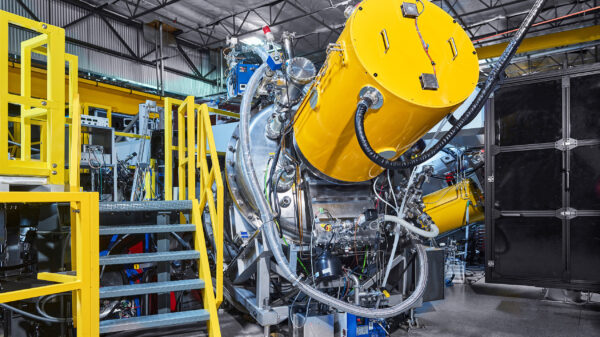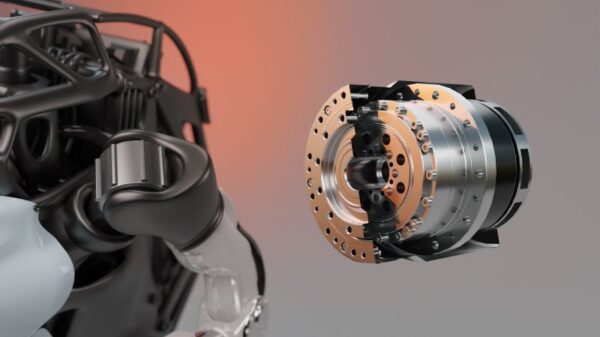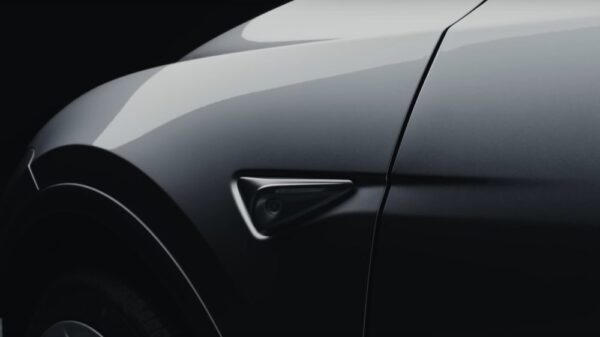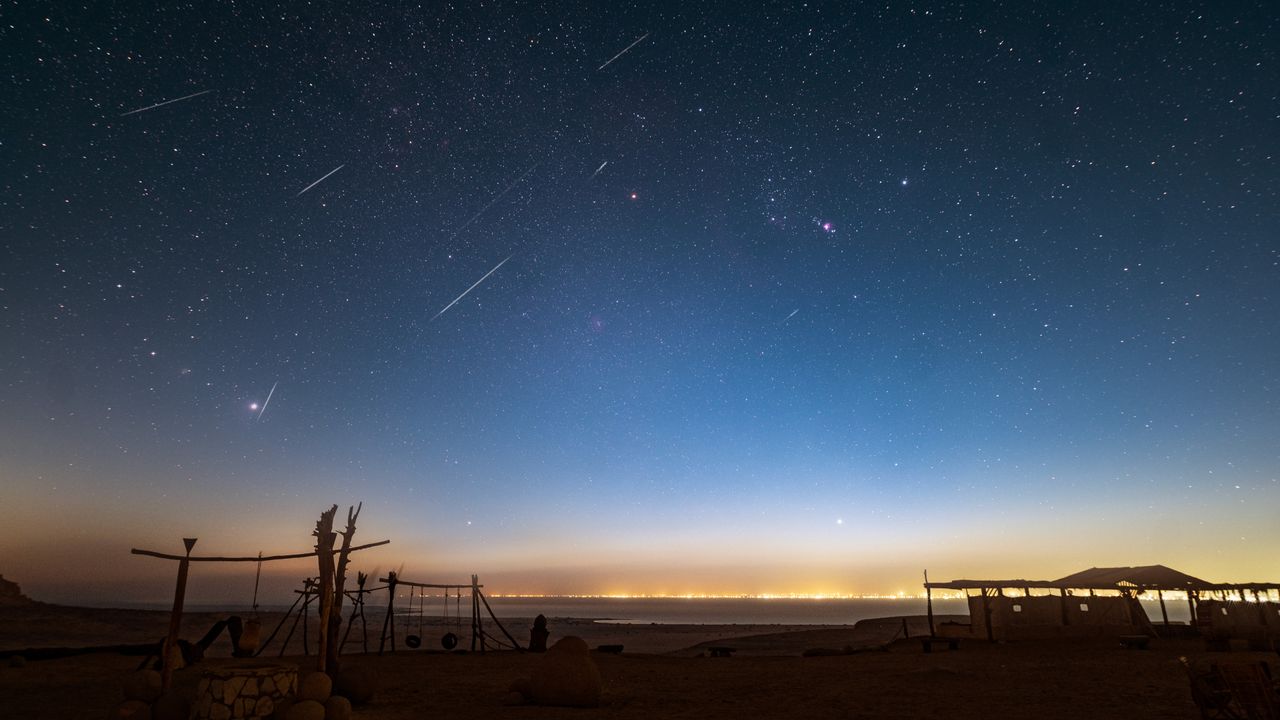The Orionid meteor shower captivated stargazers as it peaked from October 21 to 23, 2025, offering a stunning display of meteors across the night sky. This celestial event occurred as debris from Halley’s Comet entered Earth’s atmosphere, resulting in spectacular shooting stars that illuminated the darkness.
Photographer Osama Fathi was one of the fortunate observers, capturing breathtaking images of the meteors streaking over Lake Qarun in Egypt on October 19, just prior to the shower’s peak. Fathi shared insights with Space.com, explaining that his composite image included several meteor frames taken over three hours from Qatrani, located near the lake’s northern edge. “Out of more than 200 photos taken during the session, only a handful of bright meteors aligned gracefully near the constellation Orion,” he noted.
Fathi’s impressive skyscape was created by amalgamating a three-minute exposure with multiple 10-second shots of meteors, all captured using a Nikon Z6 camera paired with a 14-24 mm Nikkor lens. His work exemplifies the artistry involved in documenting astronomical phenomena.
Peak Conditions Enhance Viewing Experience
The peak of the 2025 Orionid meteor shower coincided with the new moon phase in October, resulting in optimal viewing conditions. The absence of moonlight allowed even the faintest meteors to be visible against the expansive starfield. According to experts, this dark night sky significantly enhanced the experience for observers aiming to catch a glimpse of the event.
For those who missed the peak due to unfavorable weather, there is encouraging news. Robert Lunsford from the American Meteor Society indicated that meteor activity would continue in the following days. “Rates will fall very slowly after these dates, so the mornings of October 24-26 will still provide hourly rates exceeding 10 per hour when viewed from rural dark skies,” Lunsford explained. He added that by this time, the radiant of the meteors would have shifted into western Gemini, which may surprise those expecting to see them from Orion.
Tips for Aspiring Astrophotographers
Photographers interested in capturing their own meteor shots can find valuable resources online. Guides on imaging meteor showers and recommendations for the best cameras and lenses for astrophotography are readily available.
As the universe continues to offer breathtaking displays, enthusiasts are encouraged to share their astrophotography with the community. Those interested can submit their images, along with their name and location, to Space.com for a chance to feature their work.
The Orionid meteor shower serves as a reminder of the wonders of the night sky, and it remains a highly anticipated event for both novice and seasoned astronomers alike.






































































